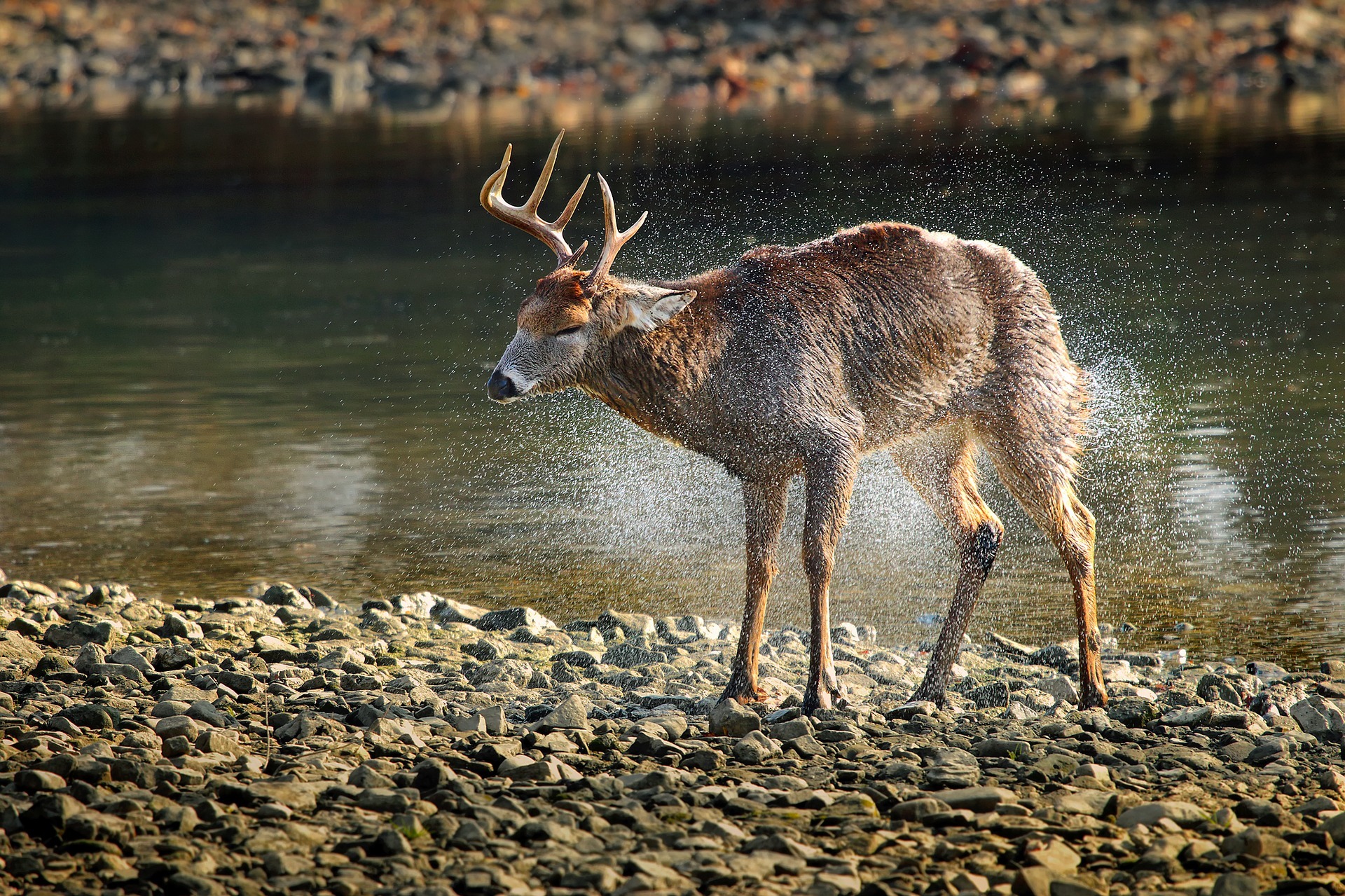Aug 14, 2017
5 DEER HUNTING MYTHS
Hunting in America is a tradition where stories, jokes, lies and myths get handed down through the generations like rifles and deer heads hanging on the wall. As a young man I believed just about every word that my grandfather spoke, not yet understanding the concept of lies or jokes for that matter. In my early teens I began to catch on (I’m a slow learner) to this mystic language mainly shared by men and even learned a few lewd stories of my own to contribute.
The realization that myths are just that, myths, didn’t come until adulthood. These were the serious things the older men preached and demonstrated that became an invisible brand I’m still trying to scratch off. Even though the following myths have been scientifically debunked, I remain slightly skeptical.
Once a Spike…
My grandfather shot just about every spike that ever crossed his path on our small farm. I’m pretty sure I saw him swerve at one with his truck at some point. “They’re eating all the groceries,” he’d exclaim.

While there’s no doubt that a buck can reach maturity and never be more than a spike, that’s not always the case. This is based solely on genetics passed down to him from his mother and father. This leads us to our next point.
Bucks Influence Antler Growth More Than Does
Again, science shows that does have just as much to do with antlers as the sire. According to Doctor Deer, James Kroll, the doe probably contributes as much as 70 percent to the antler equation. “However, there’s more than one gene involved,” he said. “And factors such as her ability to produce milk, which are the same factors that go into antler growth; her social position, so her personality; her ability to efficiently convert nutrients for the milk, body, antlers, etc. are very, very important.” Two female fawns with the same father yet different mothers may produce bucks throughout their lifetimes that are complete opposites. One may produce trophy bucks while the other gives birth to bucks with poor antler quality.
Moon Phases Matter
To a degree this could be true. Like when there’s only a sliver of a moon versus a full deer are more likely to move during the day rather than feed all night. Rather than watching moon phases however I rely on the weather forecast. Nothing like a good cold front to get bucks on their feet. For more information, check out what the QDMA has to say about moon phases affecting the rut.
Peeing Next to Your Stand
Here’s one I’m not completely sold on though I do feel less guilty when I have to go during a long sit if I forget an empty water bottle. It’s been proven that deer can’t really tell the difference between human and animal urine. But if predators are carnivores and deer are herbivores, wouldn’t there be different different organic compounds in the pee?
“Urine is reflective of an animal’s physiology, diet, age, sex and overall health,” said Dr. Karl Miller, researcher at the University of Georgia’s Warnell School of Forestry and Natural Resources. “Deer are herbivores and humans are omnivores, so there are big differences between their urines.” The debate goes on.
Coyotes Don’t Matter
B.S. Don’t listen to the Humane Society. Kill them all or they will lower your fawn survival rate by a significant amount.
Myths are everywhere yet for some reason they seem to exist heavily in the hunting world. Maybe because it’s something I’ve been a part of for so long. I’m sure there are things that I continue to practice that are myths, but I hold them so close I refuse to believe anything other than the truth.
